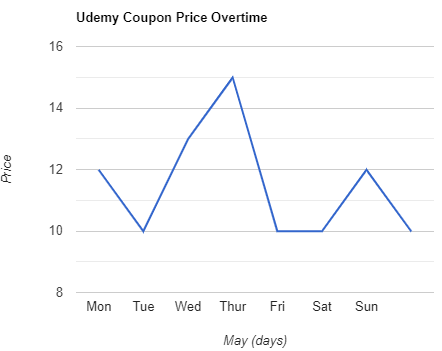Optical Efficiency and Resolution
Optical instruments are how we see the world, from corrective eyewear to medical endoscopes to cell phone cameras to orbiting telescopes. This course will teach you how to design such optical systems with simple graphical techniques, then transform those pencil and paper designs to include real optical components including lenses, diffraction gratings and prisms. You will learn how to enter these designs into an industry-standard design tool, OpticStudio by Zemax, to analyze and improve performance with powerful automatic optimization methods.
Created by: Amy Sullivan
 Quality Score
Quality Score
Content Quality
/
Video Quality
/
Qualified Instructor
/
Course Pace
/
Course Depth & Coverage
/
Overall Score : 94 / 100
 Live Chat with CourseDuck's Co-Founder for Help
Live Chat with CourseDuck's Co-Founder for Help
Need help deciding on a game design course? Or looking for more detail on Amy Sullivan's Optical Efficiency and Resolution? Feel free to chat below.
Join CourseDuck's Online Learning Discord Community
 Course Description
Course Description
Optical instruments are how we see the world, from corrective eyewear to medical endoscopes to cell phone cameras to orbiting telescopes. This course will teach you how to design such optical systems with simple mathematical and graphical techniques. The first order optical system design covered in the previous course is useful for the initial design of an optical imaging system but does not predict the energy and resolution of the system. This course discusses the propagation of intensity for Gaussian beams and incoherent sources. It also introduces the mathematical background required to design an optical system with the required field of view and resolution. You will also learn how to analyze these characteristics of your optical system using an industry-standard design tool, OpticStudio by Zemax.
 Instructor Details
Instructor Details

- 4.7 Rating
 6 Reviews
6 Reviews
Amy Sullivan
Amy Sullivan received her BA in Physics from Bates College, and her MS and PhD in Physics from the University of Colorado at Boulder. She has worked in the photonics industry in the areas of liquid crystal displays, frequency-stabilized and high power tunable infrared lasers, and machine vision imaging systems. She has taught as an assistant professor at Agnes Scott College as well as an instructor at various colleges and universities in Colorado and now works as a research associate in the Electrical, Computer and Energy Engineering department at the University of Colorado.





